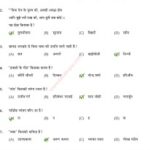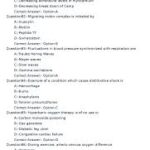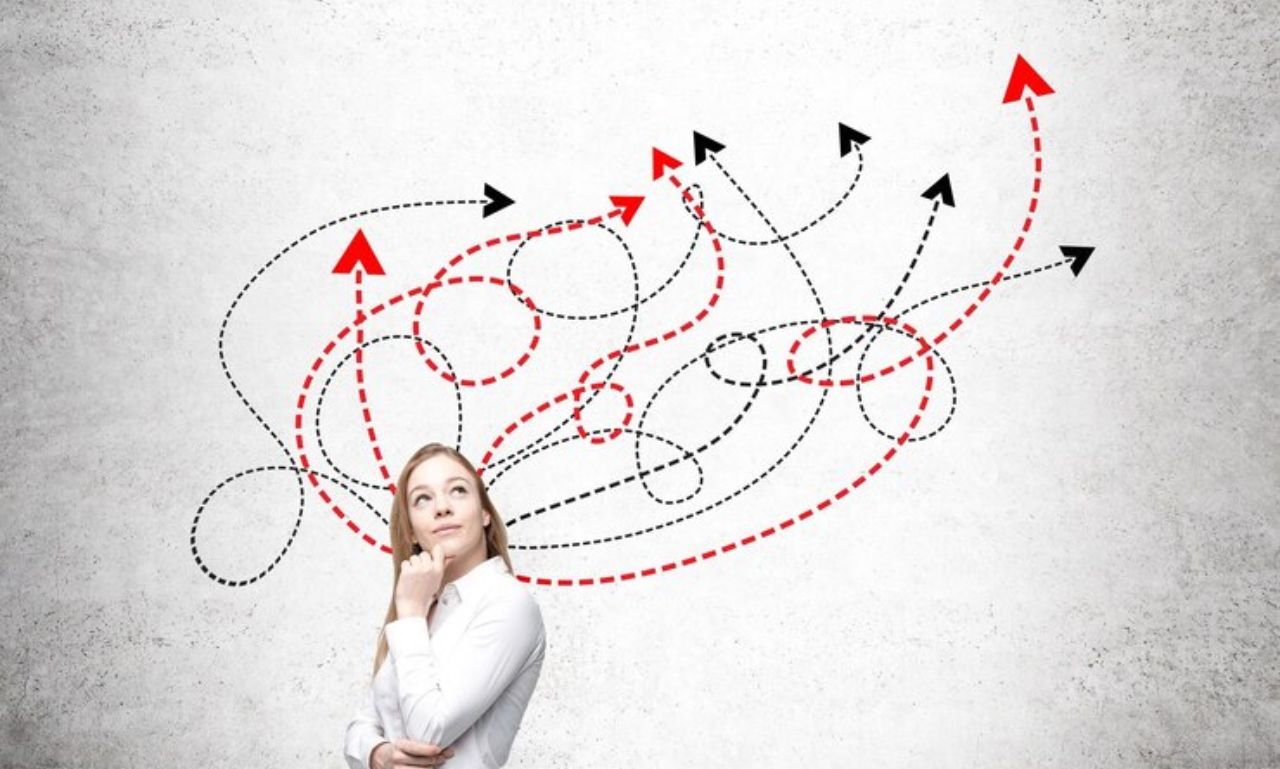Occasionally a term that is both foreign and strangely fascinating comes up in the public discourse. A word that is quietly gaining popularity in marketing and business circles is “Price Charalabush.” Although it is not yet a commonly used term in academic or mainstream media, its emergence in online forums, specialized financial talks, and branding conversations points to its growing significance. Price Charalabush has started to influence the way that people discuss value perception, market volatility, and consumer psychology, regardless of whether it is based on a particular case study, fictional creation, or conceptual metaphor.
Price Charalabush appears to serve more as an ongoing framework or symbolic reference point, used to represent certain price dynamics that are fluid, unconventional, or highly subjective, than as a stable economic model or generally acknowledged theory. This article examines what Price Charalabush might stand for, how it’s being used in discussions about pricing tactics, and why it appeals to consumers in the unstable market of today.
The Origins and Context of the Term
“Price Charalabush” has an unclear etymology. It is absent from both major financial databases and traditional economics literature.It might have started out as a specialized academic term, a fictitious idea from speculative theory, or even an alias for an experimental pricing model. However, its gradual but discernible emergence in blogs, marketing conversations, and startup pitch decks indicates that it’s striking a chord with a specific kind of problem-solving mentality—one that questions fixed methods to value.
Many analysts and brand strategists are embracing the word instead of dismissing it due to its obscurity, utilizing it as a shorthand for pricing tactics that don’t fit into the conventional cost-plus or value-based methodologies or for price anomalies. Some even characterize it as a symbolic stand-in for models in flux—systems that react not just to cost or competition but also to emotional, social, or unforeseen external inputs.
Price Charalabush as a Pricing Mindset
Thinking of Price Charalabush as a mindset instead than a mechanism is one approach to interpret it. Pricing in today’s business environment involves more than simply numbers; it also involves timing, perception, and narrative. Price Charalabush might be an example of a model in which narrative context, emotional demand, and shifting consumer attitude influence price rather than manufacturing costs or market averages.
For instance, if a product is priced more on the basis of viral status, exclusivity, or brand symbolism than on its actual value, it may have a “Charalabush price.” Consider designer sneakers that, although having low production costs, sell for hundreds of dollars. Or digital assets like NFTs, whose buzz, scarcity, and community all contribute to their worth. In these situations, Price Charalabush turns into a method of identifying price that is flexible, situational, and perhaps illogical—yet nonetheless successful in the appropriate market.
Consumer Behavior and Emotional Pricing
Customer emotion lies at the core of Price Charalabush. Conventional pricing theories concentrate on marginal utility, elasticity, and supply and demand curves. However, Charalabush pricing benefits from identity alignment, cultural capital, and emotional triggers. It implies that customers are emotional beings looking for approval, prestige, or connection through their purchases rather than necessarily being logical buys.
This explains why consumers are prepared to pay more for well-known brands even when there are less expensive options. Charalabush pricing questions the notion that buyers are constantly looking for the best bargain. Rather, it suggests that emotional satisfaction may surpass economic effectiveness, allowing companies to develop pricing tactics that appeal to identity rather than reason.
Applications in Digital Markets
What we might refer to as Price Charalabush dynamics have flourished in digital marketplaces. Price becomes a floating symbol in contexts where worth is seen rather than demonstrated and scarcity is generated, like digital art, subscriptions, or branded material. A product gets more Charalabush the more talk or exclusivity it generates.
Another example would be streaming services. The true cost-benefit ratio is hard to measure because subscription prices for services frequently contain intangible components like content discovery, customisation, and emotional connection. Customers may select one streaming service over another even. Wwhen the actual content libraries or prices are comparable, as explained by the Price Charalabush framework.
The Role of Hype, Virality, and Culture
Price Charalabush’s connection to hype culture and the speed of contemporary consumerism can also be viewed via this lens. The popularity of ideas and products can change drastically in the modern world. Prices can suddenly skyrocket or plummet due to a meme, celebrity endorsement, or social media moment. Traditional pricing rationale doesn’t work in these situations.
Because value is a result of community sentiment rather than just product excellence, Charalabush pricing accommodates cultural variance. It implies that pricing is not always a calculation but rather a social performance. Companies adopting this concept are developing pricing structures that change according to pre-release demand, community behavior, or social currency—a trend that is becoming more prevalent in limited-edition markets and the creative economy.
Dynamic Pricing and Algorithmic Adjustments
Dynamic pricing is nothing new in the retail and tech industries. For years, real-time fare adjustments have been made by airlines and ride-sharing applications using algorithms. However, Price Charalabush goes beyond this idea by suggesting that storytelling and engagement have just as big of an impact on value as market dynamics.
Consider a platform that modifies prices not only in response to demand. But also in response to trend velocity, user sentiment analysis, or emotive keywords gleaned from social media. It’s Charalabush pricing, not just dynamic pricing. It views value as a dynamic entity that is influenced by circumstance, emotion, and group interaction.
Criticism and Limitations
Naturally, any idea that deviates too much from empirical support could end up being ambiguous or unaccountable. Without precise measures, pricing can turn speculative or manipulative, leading to bubbles or deceiving customers, according to critics of models like Price Charalabush. In certain instances, it might even be employed as a euphemism to cover up excessive expenses or opaqueness.
Assuming that all markets react to narrative pricing is likewise risky. Charalabush tactics are less applicable and, if applied carelessly, even unethical in sectors that are vital, such as healthcare, shelter, or food. Therefore, even though the concept has value in markets that are influenced by emotions or lifestyle. It needs to be managed with clarity on ethics and practical boundaries.
Implications for Business Strategy
Adopting a Charalabush pricing strategy for enterprises necessitates a fusion of cultural sensitivity, analytics, and innovation. It entails going beyond spreadsheets to comprehend brand impression, social momentum, and consumer stories. To make sure that pricing conveys a message that aligns with audience mood and product value, marketers. And product designers must collaborate closely.
This might be especially helpful for startups as they carve out niches in cutthroat markets. Instead of competing solely on price, they may set themselves out on narrative, identity, and user experience by employing a Price Charalabush strategy. In this way, Charalabush pricing is about being emotionally accurate rather than ambiguous.
Frequently Asked Questions
Is Price Charalabush an official economic model?
Not officially. It’s more of an emerging conceptual term used to describe emotional or culturally driven pricing behavior.
Where did the phrase come from?
It’s unclear where it came from, however it might be a neologism from marketing theory circles or online groups.
Is it practically applicable to businesses?
Yes, particularly in industries where consumers’ perceptions of prices are subject to change, such as fashion, technology, digital goods, and influencer-driven purchases.
Is dynamic pricing just referred to by this term?
Not precisely. Although both require flexibility, Charalabush pricing is less about algorithms and more about cultural narrative and emotional context.
Is it morally acceptable to employ Price Charalabush tactics?
Honesty and openness are essential. Real consumer value, not manipulation, is the main focus of ethical use.
Will this idea become popular?
Although only time will tell, it shows a greater understanding of the irrational aspects of consumer behavior.
Conclusion
Price Charalabush is an intriguing approach to think about the contemporary interaction between value, emotion, and economics. Even if it is still a fringe concept with an uncertain definition in traditional academics. It provides insight into why certain products flourish while others stagnate, even when there aren’t significant differences in price or quality. Pricing is now more about connection than cost in an era of influencers, identity branding, and viral events.
Price Charalabush challenges us to consider not just the cost of items. But also the reasons behind our belief that they are worthwhile, regardless of whether it is a catch-all phrase, a metaphor for the evolution of the market, or an indication of new pricing paradigms. Businesses, economists, and regular customers should all investigate that question.










